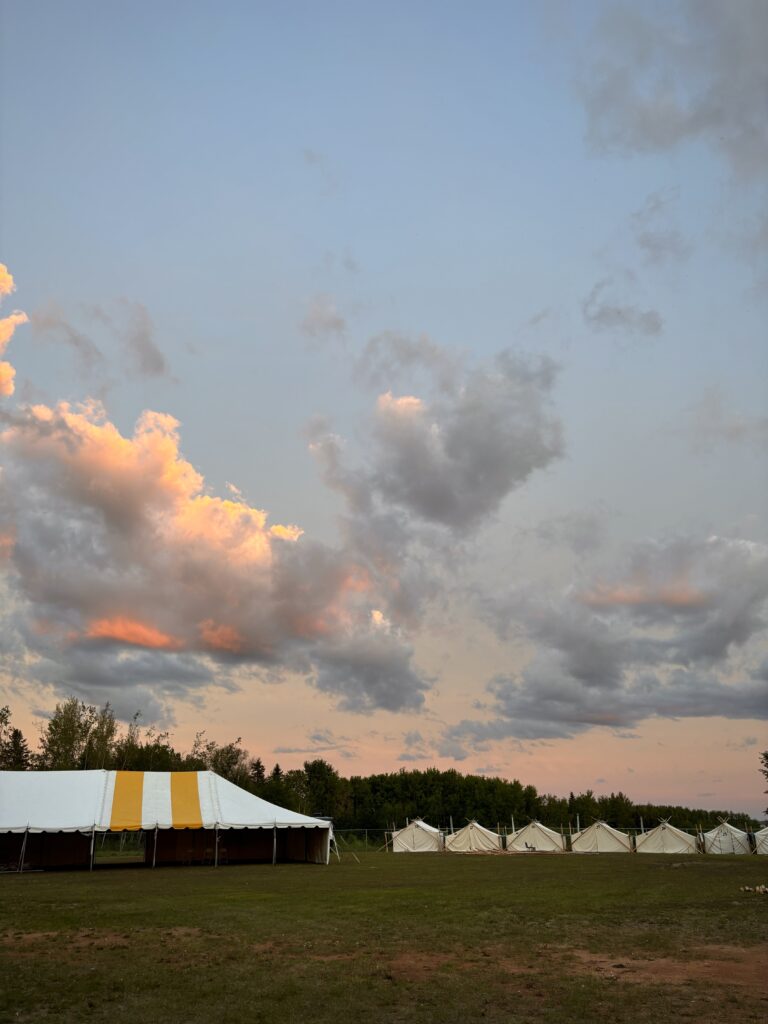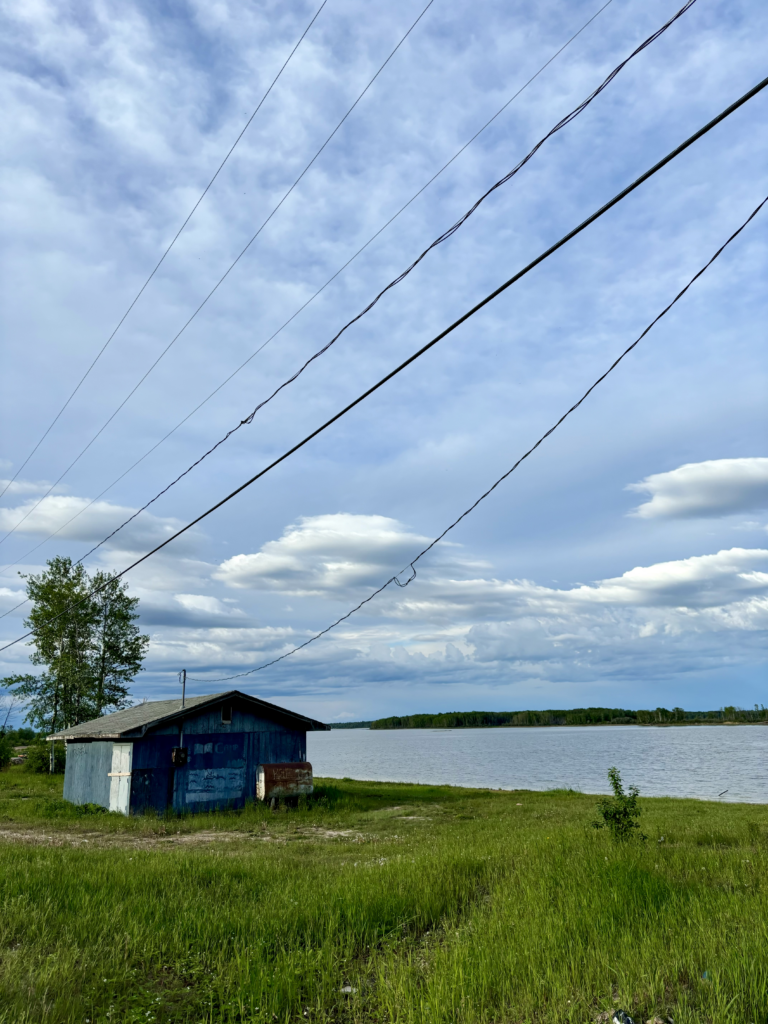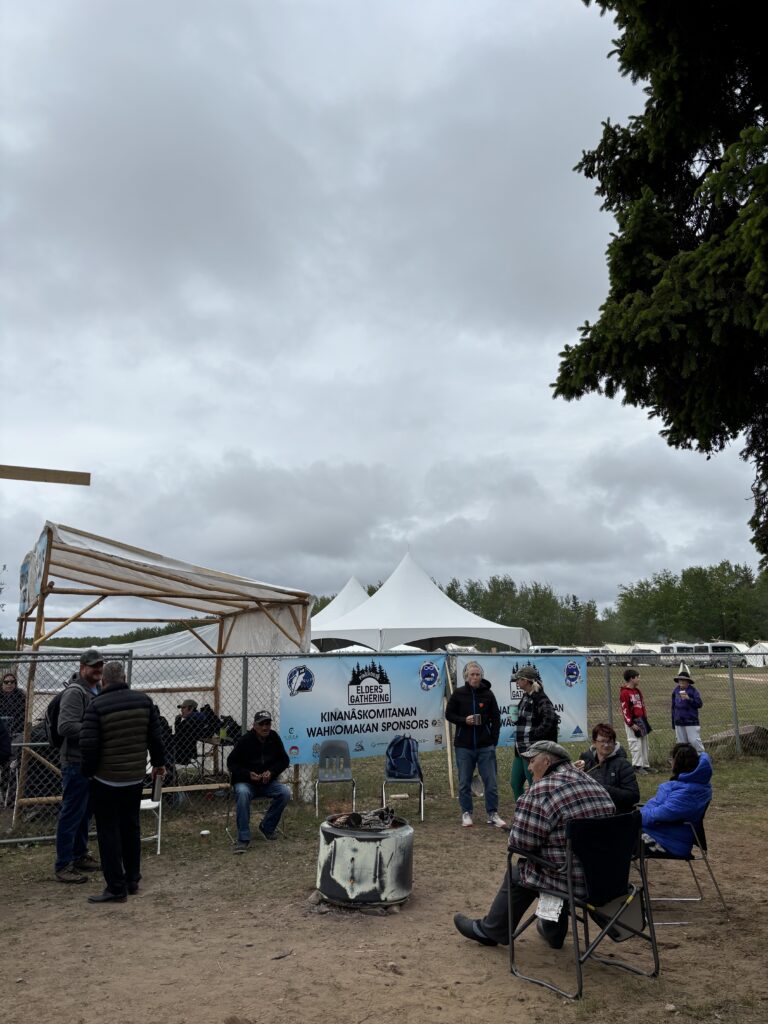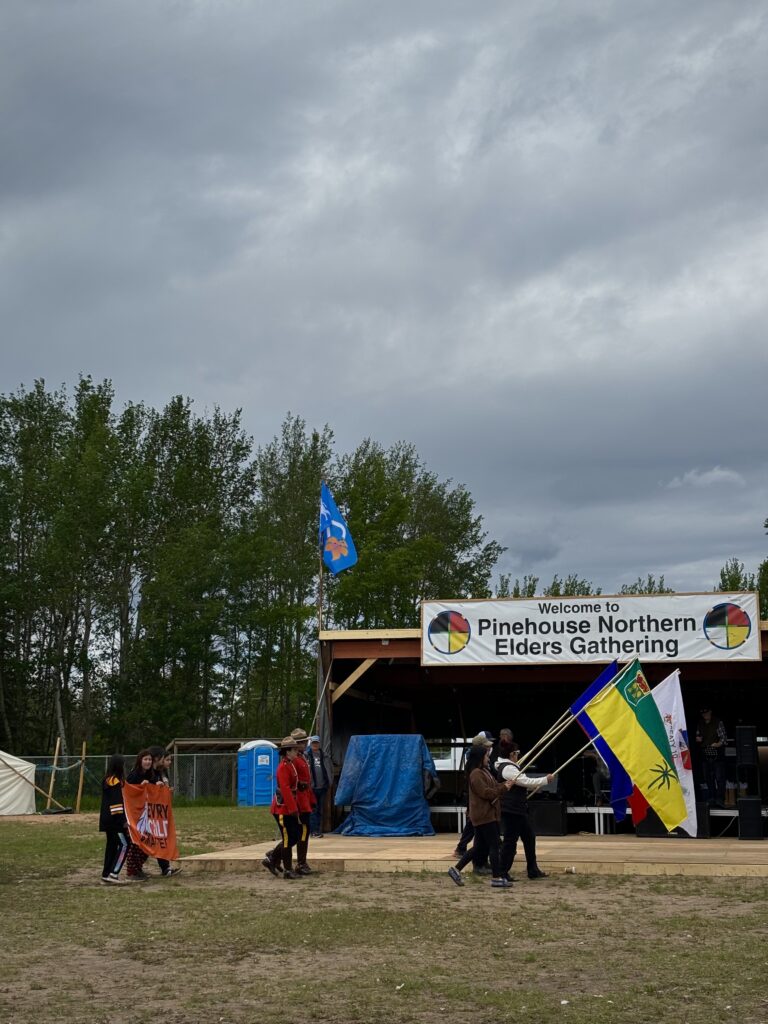Towards a Strength-Based Approach
It’s been nearly a month since I have concluded my internship with Métis Nation —Saskatchewan (MN-S) and what an incredible journey it has been! Though I recognize that a blog post alone may not entirely capture the invaluable lessons taken from interning at MN-S, it is nevertheless through words that I will proceed and try do this experience justice.
As I reflect on these past three months, I am reminded of a phrase shared by MN-S Minister of Child and Family Services, Kathie Pruden Nansel, at the Métis Nation Legislative Assembly: “strength-based approach.”[1] The more I think about my time at MN-S, the greater I see how this statement truly encapsulates the spirit of empowerment and community that defines the Métis Nation of Saskatchewan — something I had the privilege of witnessing firsthand throughout my internship.
From a conceptual standpoint, Minister Pruden Nansel’s phrase offers a refreshing — and much-needed — juxtaposition to the deficit-based narratives that often dominate legal frameworks, academic discourse, settler institutions, and beyond. While it’s crucial to understand the significance of Gladue reports and/or alcohol and substance abuse problems faced by Indigenous communities country-wide, I still can’t help but notice how discussions or institutional initiatives for Indigenous Peoples frequently revolve around a deficit-based lens. The emphasis on a “strength-based approach” therefore serves as a vital reminder— both to myself and hopefully to others— about the importance of a perspective that does not overshadow, but instead celebrates the resilience, strength, and resurgence of the rich culture, language, and belief systems of Indigenous nations, including Métis peoples, from whom we all have much to learn from.
Inspired by Minister Pruden Nansel’s words, I am eager to embrace this approach, by sharing my experience attending the Elders Gathering in the community of Pinehouse. Not only was this event the highlight of my internship, but I also view it as a perfect representation of what a strength-based journey looks like.
Attending the Annual Elders Gathering in Pinehouse
In mid-June, I had the privilege of attending the Annual Elders Gathering, hosted by the Northern Village of Pinehouse, alongside Hannah and Brooke. The Village of Pinehouse, a predominantly Métis community of around 1,500 Cree and Michif speakers, is nestled in the boreal forest of Northern Saskatchewan within the Canadian Shield. [2] Situated just North of Treaty 6 and 10’s border in Treaty 10, it is located nearly 500km North of Saskatoon. [3] With its pink cotton-candy skies, the community offers a serene and breathtaking beauty that is further enhanced by the surrounding wildlife.






Beyond its beautiful landscape, this community excels in the halls and fields of its recreational facilities, with the Mighty Métis earning a strong reputation in hockey and slow pitch. Pinehouse is further significant for nurturing the leadership and traditional values of Glen McCallum, the current president of MN-S. And, finally, on a more personal note, it is also home to some of the kindest and most hospitable people I’ve ever encountered. From providing housing, food, and safety, to making newcomers feel welcomed and integrated, I felt at home the moment I arrived.
Despite the vibrant community that holds many attractions and accomplishments, a simple Google search will reveal that Pinehouse has often been portrayed through a deficit-based lens, with headlines like “shattered by alcoholism”, “physical and economic isolation”, “hopelessness”, and “poverty”. This narrative particularly gained traction in the late 1970s after CBC released an exposé on the community.[4] Beyond painting “an unflattering portrayal of alcoholism and poverty”, it also labelled Pinehouse as the “Drinking capital of Northern Saskatchewan.”[5] A Regina-Leader Post article even went as far as to describe it as “the saddest place in the North.”[6]


In defiance of these negative portrayals, Pinehouse has nevertheless demonstrated remarkable resilience and strength. The community has not only survived the weight of these damaging narratives, but it has flourished by reaffirming its identity and rich cultural roots. This resurgence is evident in how Pinehouse has reclaimed its narrative, shifting from being seen as a place burdened by socio-economic challenges to one that celebrates its enduring traditions and collective strength. A prime example of this strength-based transformation is its creation of the reputable Recovery Lake Program — a community-led program that promotes healing from substance use through holistic approaches.[7]


Much of the community’s resilience and strength can be attributed to their commitment to cultural preservation. This became clear to me during the Elders Gathering. As the name suggests, this week-long event brings together elders and guests from across Saskatchewan for a series of traditional activities. The gathering features daily events, such as smoking fish, making ribbon skirts, biting birch bark, storytelling and nightly entertainment. Through the sharing of these traditional practices, it further serves as a vital space for friends and family to “reconnect with culture, family, and their identity as Indigenous people.”[8] The goals of this gathering are many-fold, as they seek to honour elders, by showcasing their skills, provide a space for knowledge transmission and sharing, and educate the future generation of Métis peoples.


Yet, the Elders Gathering does more than just preserving traditions. By serving as a powerful testament to the rich cultural heritage and resilience that define the Métis Nation, it embodies the very essence of a strength-based approach highlighted by Minister Kathie Pruden Nansel. Through its emphasis on transmitting knowledge from elders to younger generations, the Gathering ensures that the wisdom, skills, and stories of the past are not only preserved but celebrated. Whether it is through the intricate art of making ribbon skirts or the deeply rooted practice of storytelling, the community’s dedication to maintaining its cultural identity is evident in every activity. This event thereby not only helps heal and reinforce community bonds within the community, but, more generally, it serves as a beacon of cultural pride and continuity. It demonstrates that Pinehouse is not defined by its past struggles, but, rather, as a vibrant community with a bright future.
[1] Métis Nation Saskatchewan, “Kathie Pruden Nansel – Speaking at the Métis Nation Legislative Assembly Day 2” (May 26, 2024) at 00h:58m:26s–59m:00s online (video): <metisnationsk.com> [perma.cc/X6E3-2RAU].
[2] Pinehouse Lake, “Our Community” online (website): <pinehouselake.com> [perma.cc/WT96-SFHB] [Pinehouse Lake]; Cameco North, “Pinehouse” online (website): <cameconorth.com> [perma.cc/974L-FEDS]; Dre Erwin, “A Celebration of Métis and First Nations Tradition and Culture in Canada” (March 11, 2022) online (blog): <joinphotovibe.com> [perma.cc/6KL9-ZFQP].
[3] Pinehouse Lake, supra note 2.
[4] John Lagimodiere, “Pinehouse heads towards self-determination of elders, new role in resource industry”, Eagle Feather News (July 2014) at 12, < metismuseum.ca> [perma.cc/WFZ2-UV3Y].
[5] Ibid.
[6] Ibid.
[7] University of Saskatchewan, “Recovery Lake Program” online (website): <researchgroups.usask.ca.> [perma.cc/CLG4-N9Q8].
[8] Amber Bear, “The 12th Annual Elders Gathering is Happening in Pinehouse”, MBC News (June 18, 2024), online: <mbcradio.com> [perma.cc/7E22-RR9Q].
